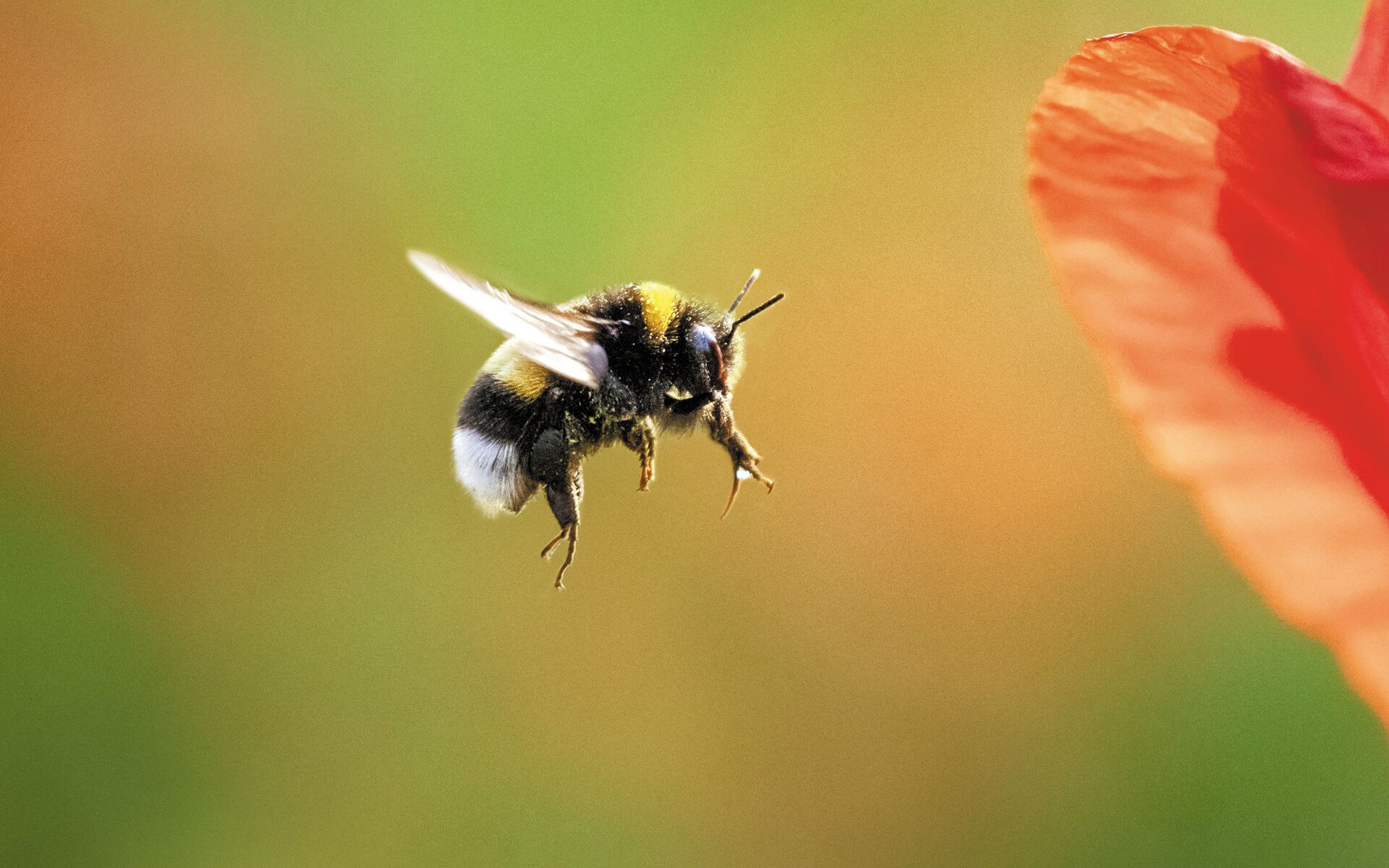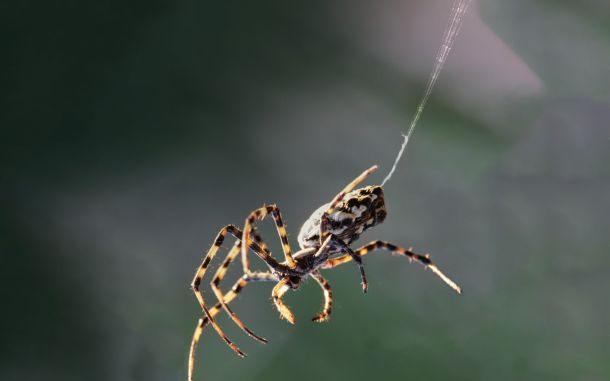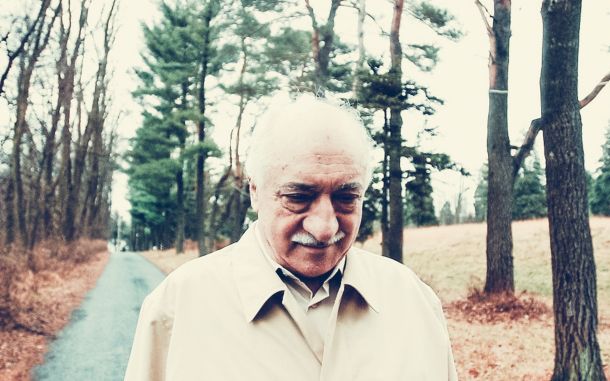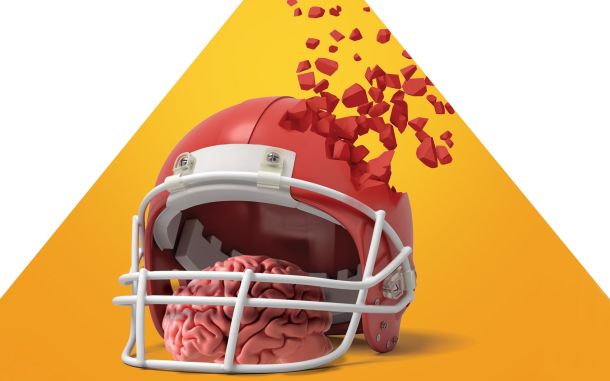Science Square (Issue 152)

In This Article
-
Bees learn and teach new lessons
-
Origin of water in our solar system
-
Diabetes managed by Artificial Pancreas
Bees learn and teach new lessons
Bridges AD et al. Bumblebees acquire alternative puzzle-box solutions via social learning. PLOS Biology, March 2023.
A recent study showed that bumblebees can learn to solve puzzles from each other, and this behavior can quickly spread throughout a colony, suggesting an unexpected social capacity for these humble insects. The scientists designed a two-option puzzle box that could be opened either by pushing a red tab clockwise or a blue tab counter-clockwise to reveal a sugar reward.
“Demonstrator” bees were trained to use either the red or blue tabs, while “observer” bees watch. When it was the observers’ turn to solve the puzzle, 99% of the time they chose the same method that they had seen, even after discovering the alternative option. On the other hand, the control group, without a demonstrator still managed to open the puzzle boxes with much less success. For example, observer bees with a demonstrator opened 28 boxes in a day, whereas the control group was able to open only 1 box. Once the demonstrator bumblebees
learn how to open lids, the researchers released them into colonies with hundreds of individuals. Over 6-12 days, many other naive bees picked up the behavior from demonstrators.
These results provide strong evidence that social learning underpins the transmission of novel foraging behaviors in bumblebees. People tend to overlook the complex structures formed by bees, ants and wasps and they were typically attributed to hardwired instinct-based behaviors.
However, emerging studies suggest that even small sized animals can innovate, teach and spread new learnings to the rest of the colony in response to new environmental changes.
Origin of water in our solar system
Tobin JJ et al. Deuterium-enriched water ties planet-forming disks to comets and protostars. Nature, March 2023.
Have you ever wondered where the water on earth came from originally? The current hypothesis suggests that the water was locked up in icy comets before collected on our planet’s surface. A recent study discovered gaseous water in the disc of a protostar from the Orion constellation. Experts got really excited by this discovery as this star can help explain how Earth first got its water. In this study, a team from the European Southern Observator, measured the chemical signatures of the water around V883 Orionis, a baby star about 1300 light years away from Earth, using the powerful radio telescope ALMA. They found that the gaseous water around V883 Orionis was remarkably similar to the kind found in comets near Earth and remained relatively unchanged between each stage of solar system formation: protostar, protoplanetary disk, and comets. These and other findings from the study support the idea that the water in our Solar System was formed billions of years ago in interstellar space, long before the Sun, planets, and comets came into being, and it got directly incorporated into the Solar System during its formation likely in large icy bodies. So, next time you drink water or wash your hands, stop and reflect that the water you see most likely came from the dark spaces between the stars even before the Earth or the Sun existed.
Diabetes managed by Artificial Pancreas
Daly AB et al. Fully automated closed-loop insulin delivery in adults with type 2 diabetes: an open-label, single-center, randomized crossover trial. Nature Medicine, January 2023.
Type 2 diabetes (T2D) is a lifelong disease which affects the body's ability to process glucose for energy, leading to dangerously high levels of blood sugar. There are around 415 million people worldwide living with T2D and the disease is usually managed through a combination of lifestyle changes and medication that aims to keep blood glucose levels low. Scientists have developed a fully automated closed-loop insulin delivery system that improved glucose control in T2D patients without leading to low blood sugar levels (hypoglycemia) compared to standard insulin therapy. This newly designed “artificial pancreas” combines an off-the-shelf glucose monitor and insulin pump with an app called “CamAPS HX.” This app is run by an algorithm that can precisely calculate how much insulin is needed to maintain glucose levels in the target range. Recently released clinical trial results were also extremely encouraging for the CamAPS HX system. On average, patients using the CamAPS HX system spent two-thirds (66%) of their time within the target range, which was twice as much on the standard therapy (32%) without any liability for hypoglycemia. Moreover, CamAPS HX doesn’t require any input from users at mealtimes. Many patients with T2D struggle to manage their blood sugar levels using currently available treatments and this simple yet effective “artificial pancreas” can provide an alternative and safe approach to help them.









